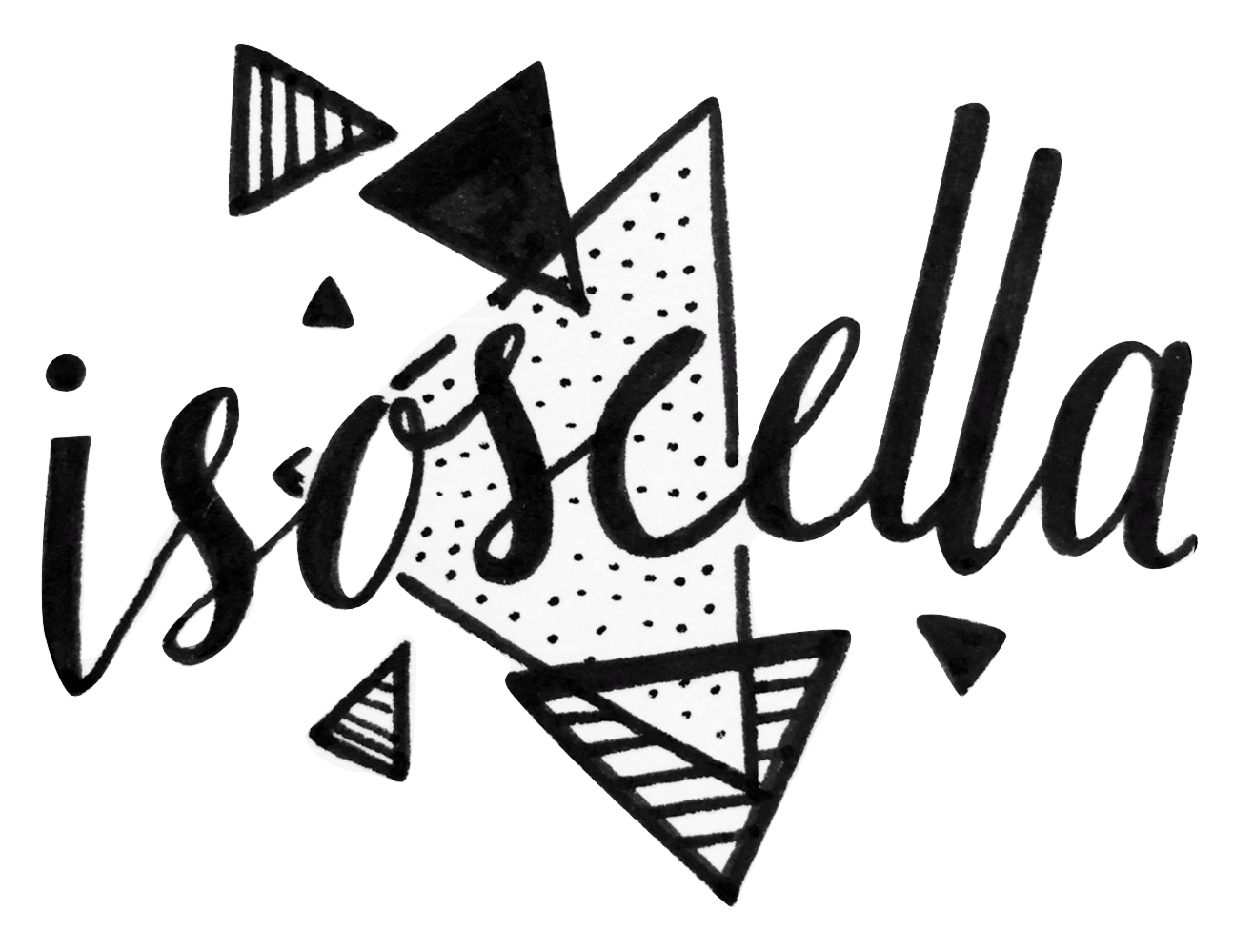
I have returned!
It has been a very busy couple of months and so inevitably I have neglected my poor little blog. In the last couple of months I have moved from 'the village' (as I like to call it) to Brighton and started a new job - both of which I have now settled into rather nicely!
The 'Big Move'
The packing up of my stuff for my move to the flat was inevitably accompanied by a mass clear out (argh!) but much to my delight I came across a few long forgotten gems in the process. Most notably, I found a £15 iTunes voucher and 50 Euros (now how did I forget about those?!) as well as a plain cotton tote bag which I bought a long time ago to decorate with fabric paints.
One girl's rubbish...
I've been desperately searching for plain cotton cushion covers over the last couple of weeks to make a cushion with one of my panda drawings on for our lovely new ikea sofa, so when I stumbled across this cotton bag I decided to have a go at making a cushion out of it.

I decided that I wanted my image to be about the width and height of the width of an A4 piece of paper (approx. 21cm) and so I made sure my image on the computer was 20 x 20 cm.

Here I iron the bag on a heat resistant wooden board. This step isn't essential but it does make measuring up more accurate.

This step is really important. As we are going to be ironing on our image FACE DOWN on to our fabric, any text will be transferred onto the fabric back to front so if it's back to front in the first place, it'll come out the right way round!

Here I use Lesley Riley Transfer Artist Paper which I ordered from Amazon. This is suitable for use in Inkjet printers and I found that my all-in-one Canon Pixma MG4250 coped really rather well with it. It is crucial here that you load the paper so that the WHITE side will be printed on.

This is important as the polymer residue on the Transfer Artist Paper may slightly discolour the fabric (nay ever so slightly) but if you're a perfectionist like me, you won't appreciate the 'edge' that it creates around your image.

Here I wanted to have quite an equal gap around my image in the middle of my cushion and so used a ruler to check it was placed centrally.

This can be a little tricky if you're trying to keep your image in a certain position after measuring up so I would advise placing the iron flat onto the edges of the image until it stays in place before moving the iron all over the image.

I found this step much easier than I'd anticipated. The paper became slightly darker (almost like it was slightly damp) where the polymer residue (and image) had been transferred and also started to slightly lift away from the fabric. The nice thing about Transfer Artist Paper is that you can't over iron it and so if in doubt, keep ironing.

Ironing over the image is particularly important if you plan on washing the fabric. I cut off the handles AFTER I'd transferred the image because I didn't want the fabric to lose it's shape or integrity and impact how well the image transferred. Again, I used my trusty ruler to mark accurately where to cut. Here, I left a spare centimetre or so of fabric at the top, folded over this extra fabric and ironed it down.

I borrowed (aka stole) the filling from an old cushion of my mums. Now, this is where you see the beauty of using a bag to make a cushion. If like me, you don't have a sewing machine and you aren't particularly gifted in the hand sewing department, then this means you have three nicely sewn sides already and only one to try and do yourself. I don't like the stitching showing and noticed the other sides didn't either, so by ironing a fold into the top, you can sew the two inner flaps together approximately half way down each which although is a bit fiddly, gives a nice neat finish.

I had so much fun doing this and am so pleased with the results. My cushion is now sat proudly amongst my H&M and Next cushions on my sofa and I think it has definitely added a bit of quirkiness and cosiness to my otherwise almost empty flat!
♥






